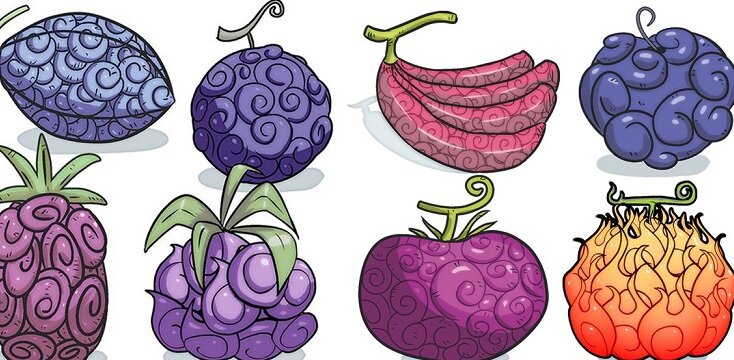The Genius of One Piece's Geography
/Eichero Oda’s One Piece is a fantastic work of fiction with colourful characters, an engaging plot, and most importantly, an incredibly well thought out world.
Introduction
Photo Credits: Christine Cox
The story is about a group of pirates who sail the treacherous Grand Line in search of the fabled treasure known as One Piece. The setting is a fictitious world made up of mostly water. I won’t go into too much detail about why a setting like this is genius because I already talked about it in my previous blog post (link at the end).
Basically, pirates need water to sail on. That much is obvious. Not only that, but the characters with special abilities are all weak to water, adding another layer to the plot and setting.
Lots of water isn’t the main reason why this setting is so great, though. No, the true genius of One Piece’s geography is shown in the way the various oceans and islands are organized in the world.
Before I go into detail about why the structure of this series’ world is genius, I will first outline the important aspects that shape it.
Aspects of One Piece’s World
The planet is one giant archipelago organized in chunks and sectioned off by stretches of ocean and mountain ranges. There are five primary sections of ocean in the series. The East Blue, West Blue, North Blue, South Blue, and the Grand Line.
Photo Credits: https://myanimelist.net
The Grand Line is a thin stretch of ocean that wraps around the entire planet. It is a perilous bought of water and islands filled with the strongest pirate crews in the world.
Photo Credits: usmap.finansabi.com
On either side of the Grand Line lies the Calm Belts, two stretches of ocean that have no wind or currents and are home to a large number of dangerous creatures called sea kings. Sailing into the Calm Belts is nearly impossible.
Photo Credits: https://onepiece.fandom.com/
Perpendicular to the Grand Line is a mountain range called the Red Line. It stretches from the ocean floor, goes above the clouds, and also wraps completely around the world in a perfect circle.
Photo Credits: https://onepiecetheories.com/
The only way for most people to enter the Grand Line is by sailing up a river passage through one of the corners of the Red Line and the Grand Line.
Now that that’s out of the way, I can finally delve into why all of this is relevant.
Why These Aspects Are Genius
The driving force of the plot is the One Piece and the characters who wish to find it. The One Piece, of course, is located at the end of the Grand Line. Notice that I said “end,” meaning there is a start. There is a place where everyone must begin their journeys if they wish to discover the One Piece. There are no advantages (well, for the most part at least).
Photo Credit: https://onepiece.fandom.com/
The genius behind this is it creates a set path that the main cast MUST go on if they want to achieve their goals, and that path is filled with multiple challenges that cannot be avoided. And just because the path of the characters seems linear and basic, this couldn’t be farther from the truth.
As I mentioned before, One Piece’s world is an archipelago, meaning it is a series of islands that pepper the landscape. These islands range in absurdity from a jungle landscape filled with dinosaurs to a floating island where it’s always daytime. On these islands, anything can happen, and nothing is off the table.
The diversity in these islands shows off the creativity that was put into the series and creates this layer of mystery that intrigues the reader into learning more about the world.
Eichero Oda has managed to take a spherical world and mold it into a straight line with a clear goal at the end all while keeping the adventure fresh and original. When writing a pirate adventure, doing something like this with the setting is not only crucial, but it is utterly impressive.
You can read One Piece here: https://www.viz.com/shonenjump
Check out my previous blog where I talk about One Piece here: http://spineonline.ca/orbis-aedificium/2020/9/24/the-best-examples-of-magic-systems-in-fiction
Hunter Rogers-Millson
My name is Hunter Rogers-Millson. I am a Professional Writing student at Algonquin College. My interests include video games, anime, and classic rock and roll. I aim to one day write and publish my own comic book.












